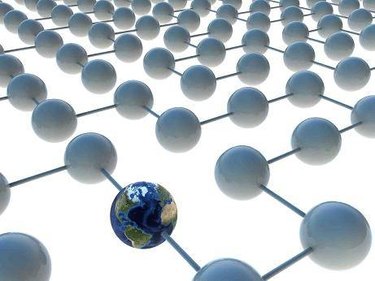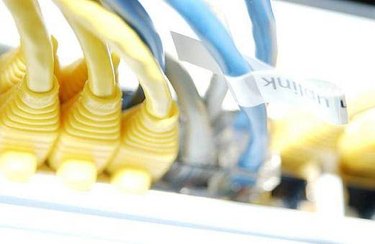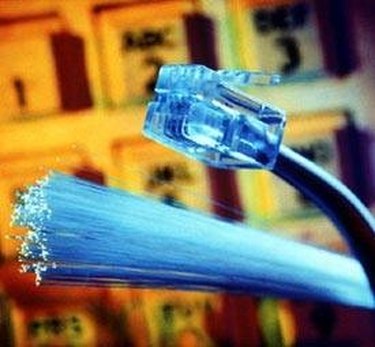
Introduction
Computer networks do indeed run this world we live in. From banks, to schools, to businesses, virtually every system or process in today's world is affected, or run by a computer network.
Computer networks can be set up to meet whatever requirements a business or organization may need. Today's networks organize and manage information for people in all walks of life. How they do this is the topic of this article.
Video of the Day
Video of the Day
The Facts
A computer network is typically made up of a server, or client workstation, an operating system (like Windows NT), some sort of cabling and a network interface card (NIC). The network interface card--also known as an expansion board--is what allows the computer to be part of a network of other computers. It contains the communication circuits needed for the computer to function on a network.
Once connected to a network, computers can share and exchange information as well as resources. For most small business networks there is one or more server computers coordinating the network's activities. Some servers do require a specific type of operating system, though the larger servers can typically work with most operating systems.
Types of

There are three primary types of computer networks.
Function
Today's computer networks transmit through either cable or wireless connections. Cable transmissions run along cable or fiber-optic wires, whereas wireless transmissions use radio and/or microwave frequencies. Wireless networks are the most popular.
Though cable networks have physical limitations in terms of connecting cables, and fixed areas, they are more stable and reliable overall. Wireless networks are more prone to radio interferences, interference from other wireless devices, and physical obstructions such as buildings, or walls can disrupt their signal.
Features

Computer networks all follow certain rules of communication when sending information back and forth. These are called network protocols. Information is sent in bundles, or in packet form. Different network protocols utilize specific packet transmissions, or packet switching.
Network protocols also provide the means by which computers can identify each other on a network. The size and purpose of the network will determine what type of network protocol is used.
Network protocols are used by servers as well as the computers they manage. Certain software applications, like web browsers, are designed to accommodate these protocols.